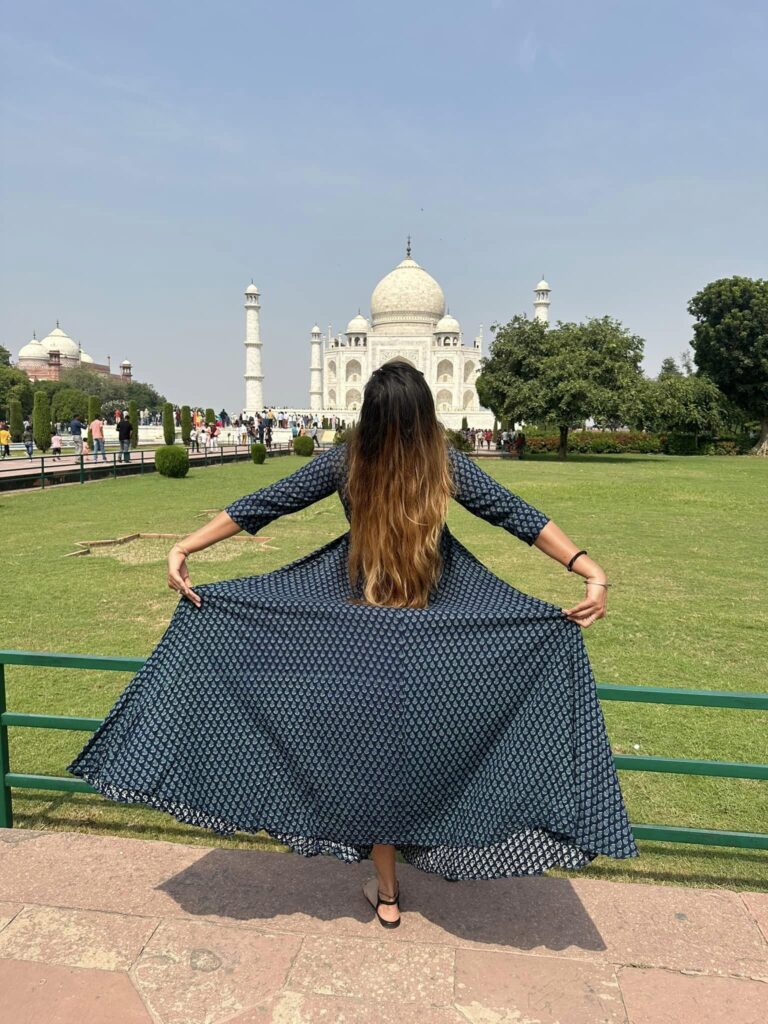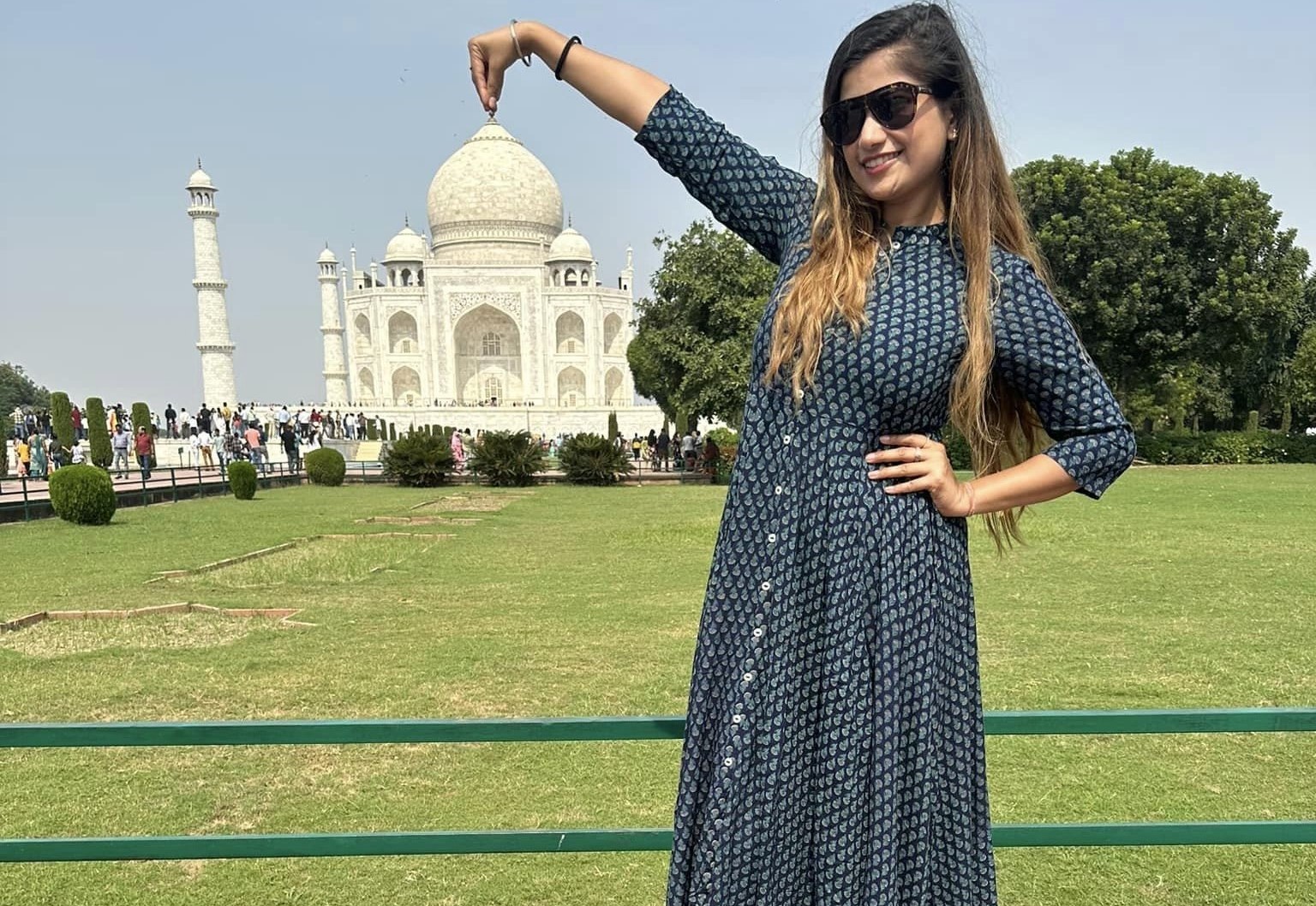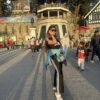Agra, a city that echoes the grandeur of the Mughal era, stands tall as a symbol of love and architectural brilliance, home to one of the Seven Wonders of the World – the Taj Mahal. “Taj Mahal ka Safar” is not just a journey to an architectural masterpiece, but a pilgrimage to a monument that embodies the timeless love between Shah Jahan and Mumtaz Mahal. Visiting the Taj Mahal is an experience that transcends mere sightseeing; it’s a walk through history, culture, and an exploration of India’s rich heritage.
The Timeless Beauty of the Taj Mahal
As you approach the city of Agra, the first glimpse of the Taj Mahal is awe-inspiring. The magnificent white marble structure, set against the azure sky, exudes a mystical charm. Located on the southern bank of the Yamuna River, the Taj Mahal’s beauty is such that no words or pictures can ever fully capture its essence. Built between 1632 and 1653 by the Mughal Emperor Shah Jahan in memory of his beloved wife, Mumtaz Mahal, the Taj Mahal is not just a tomb but a symbol of eternal love.
The moment you enter through the red sandstone gateway, you are greeted by the sprawling Mughal gardens (Charbagh). The gardens are meticulously designed, representing the concept of paradise on earth. As you walk closer, the sheer scale and symmetry of the Taj Mahal begin to take shape, and the intricacy of the marble inlay work, adorned with semi-precious stones, comes into view. Each floral pattern, each verse from the Quran etched into the walls, and every carving tells the story of craftsmanship and dedication.

Taj Mahal: The Marvel of Mughal Architecture
The Taj Mahal’s architecture is a splendid fusion of Persian, Islamic, and Indian design. The central dome rises to a height of 73 meters and is flanked by four minarets, each slightly tilted outward to protect the mausoleum in case of an earthquake. The entire structure is built from shimmering white Makrana marble that reflects different hues depending on the time of day – pinkish in the morning, milky white in the evening, and golden at night under the moonlight.
Inside the Taj Mahal lies the cenotaph of Mumtaz Mahal, with Shah Jahan’s tomb placed beside her. The inner chamber is a peaceful and quiet sanctuary where the love story of the royal couple comes full circle. The delicate pietra dura (stone inlay) work inside the chamber is a breathtaking example of Mughal artisanship, with intricate floral motifs and Quranic inscriptions beautifying the walls.

The Best Time to Visit
While the Taj Mahal is open year-round, the ideal time to visit is during sunrise or sunset when the monument is bathed in soft golden hues. The morning serenity allows you to appreciate the monument in peace, while the evening sun casts a magical glow over the marble, making it look ethereal.
An Unforgettable Journey
“Taj Mahal ka Safar” is not merely a journey to a historic monument but an experience that stays with you forever. As you walk away, the image of the Taj Mahal – its beauty, its history, and the love it represents – remains etched in your heart. A trip to Agra is incomplete without witnessing this architectural wonder, a true jewel of India, and one of the greatest tributes to love the world has ever seen.



